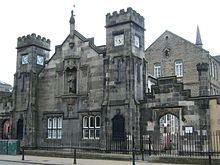
A teacher, also called a schoolteacher or formally an educator, is a person who helps students to acquire knowledge, competence, or virtue, via the practice of teaching.

Tutoring is private academic help, usually provided by an expert teacher; someone with deep knowledge or defined expertise in a particular subject or set of subjects.
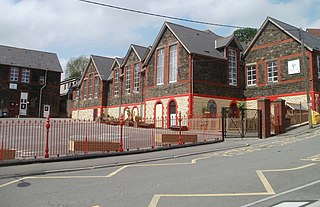
An infant school is a term which is used predominantly in England and Wales. It has been used since the 19th century to refer to schools or school departments that cater for children up to seven years old.
The folkeskole is a type of school in Denmark covering the entire period of compulsory education, from the age of 6 to 16, encompassing pre-school, primary and lower secondary education.

Joseph Lancaster was an English Quaker and public education innovator. He developed, and propagated on the grounds both of economy and efficacy, a monitorial system of primary education. In the first decades of the 19th century his ideas found application in new schools established in growing industrial centres.
A didactic method is a teaching method that follows a consistent scientific approach or educational style to present information to students. The didactic method of instruction is often contrasted with dialectics and the Socratic method; the term can also be used to refer to a specific didactic method, as for instance constructivist didactics.
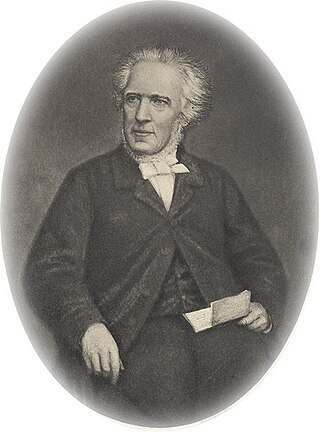
David Stow was a Scottish educationalist.

The British and Foreign School Society (BFSS) offers charitable aid to educational projects in the UK and around the world by funding schools, other charities and educational bodies. It was significant in the history of education in England, supporting free British Schools and teacher training in the 19th century; it continued in the latter role until the 1970s. In the 19th century it fiercely competed with the National Society for Promoting Religious Education, which had the support of the established Church of England, the local parishes, and Oxford and Cambridge universities. Both institutions promoted the monitorial system, whereby few paid teachers supervised the senior students who in turn taught the younger students.
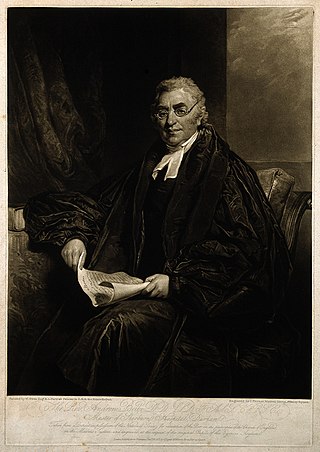
Andrew Bell was a Scottish Anglican priest and educationalist who pioneered the Madras System of Education in schools. He was the founder of Madras College, a secondary school in St Andrews, and helped fund other schools.

Hitchin Boys' School (HBS) is an 11–18 boys academy-status secondary school, with sixth form, located in Hitchin, Hertfordshire, England. Founded in 1632 by John Mattocke, the single-sex school currently educates around 1,500 boys. The sixth form is part of a consortium for wider teaching with other schools in the town, mixing some classes with pupils from Hitchin Girls' School and The Priory School.
The Second International Congress on Education of the Deaf was an international conference of deaf educators held in Milan, Italy in 1880. It is commonly known as the "Milan Conference" or "Milan Congress". This Congress was preceded by the First International Congress in Paris in 1878. Joseph Marius Magnat, a Swiss former oralist, received a significant donation to organize the more well-known Second Congress two years hence.
Frederick John Gladman was an Australian educationist and author whose work had an influence on the formation of Australia's educational system. His textbooks were used as late as the 1930s to train teachers.

Primary education or elementary education is typically the first stage of formal education, coming after preschool/kindergarten and before secondary school. Primary education takes place in primary schools, elementary schools, or first schools and middle schools, depending on the location. Hence, in the United Kingdom and some other countries, the term primary is used instead of elementary.

The British Schools Museum is an educational museum based in original Edwardian and Victorian school buildings in Hitchin in Hertfordshire, England. The museum complex is made up of Grade II listed school buildings housing infants, girls and boys schools with houses for Master and Mistress. It includes a monitorial schoolroom based on the educational theories of Joseph Lancaster for 300 boys, which opened in 1837, and a rare galleried classroom, dating from 1853.
The National Society for the Promotion of Education, often just referred to as the National Society, and since 2016 also as The Church of England Education Office (CEEO), is significant in the history of education in England and Wales. It promotes church schools and Christian education in line with the established church. Historically it was in strong competition with the nonconformist organization British and Foreign School Society. Both promoted the monitorial system, whereby a few paid teachers worked with senior students who in turn taught the junior students. The National Society was strongly supported by the Anglican clergy, Oxford and Cambridge universities, and the established church. The nonconformist Protestants were in strong opposition.
Language pedagogy is the discipline concerned with the theories and techniques of teaching language. It has been described as a type of teaching wherein the teacher draws from their own prior knowledge and actual experience in teaching language. The approach is distinguished from research-based methodologies.

James Pillans FRSE (1778–1864) was a Scottish classical scholar and educational reformer. He is credited with inventing the blackboard, but more correctly was the inventor of coloured chalk.

The Newcastle Commission set up in 1859 inquired "into the state of public education in England and to consider and report what measures, if any, are required for the extension of sound and cheap elementary instruction to all classes of the people". It produced the 1861 Newcastle Report and this led to the Elementary Education Act 1870.
Group piano is the study of how to play the piano in a group setting. This contrasts with the more common individual/private lesson. Group piano originated at the beginning of the nineteenth century, and continues to be a widely-used method of piano instruction. Group lesson formats include master classes, university classes, and pre-college music lessons. These classes typically have between 3 and 16 students. Benefits of the group lesson format include the development of independent learning, ensemble playing, critical listening skills, and exposure to a wide range of repertoire. Group piano instruction may require more space and equipment, increased preparation per class, and more attention to scheduling and group interaction than when teaching individual/private lessons.
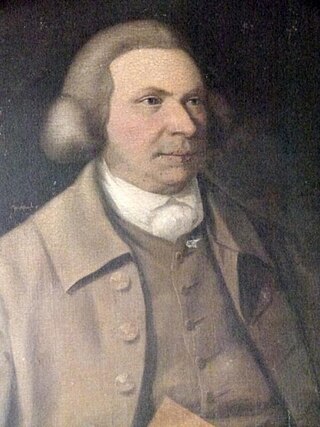
David Manson (1726-1792) was an Irish schoolmaster who in teaching children basic literacy sought to exclude "drudgery and fear" by pioneering the use of play and peer tutoring. His methods were in varying degrees adapted by freely-instructed hedge-school masters across the north of Ireland, and were advertised to a larger British audience by Elizabeth Hamilton in her popular novel The Cottagers of Glenburnie (1808).

